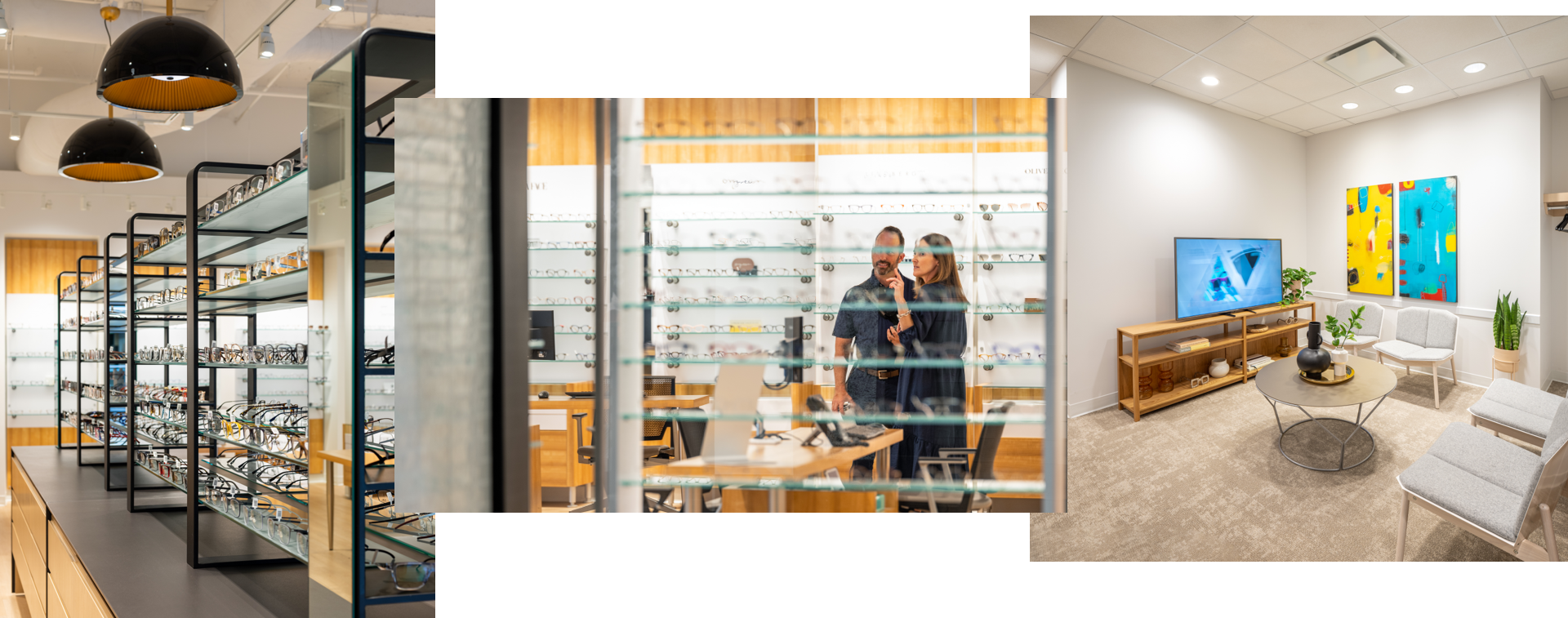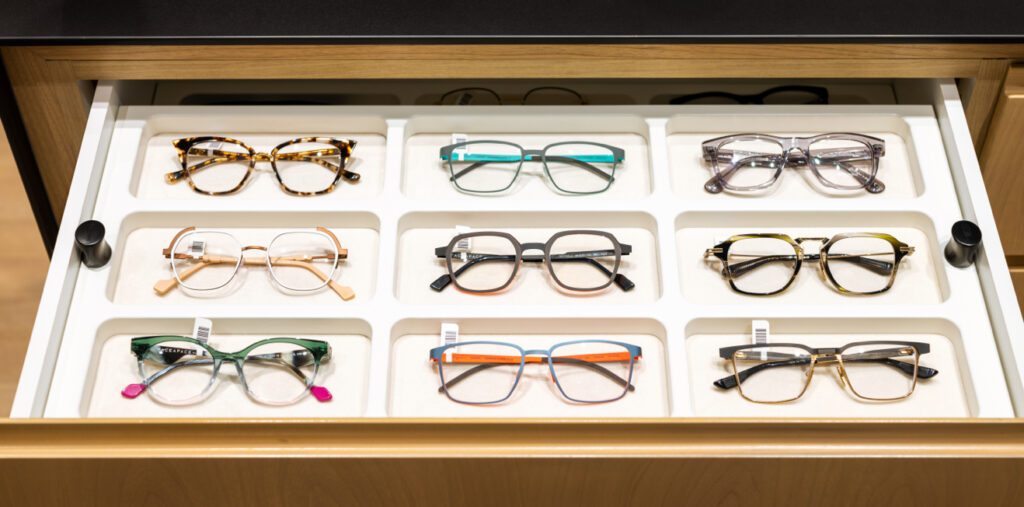Your vision is one of your most precious senses. Unfortunately, your eyes are not always going to be perfectly healthy. Eye conditions, such as glaucoma and cataracts can, and often do, develop gradually over time, leading to long-term vision loss.
So what’s the difference between glaucoma and cataracts?
Glaucoma is a subtle group of complex eye conditions, often characterized by the buildup of intraocular pressure (pressure within the eye). This eventually damages the optic nerve, leading to permanent vision loss. Meanwhile, cataracts develop when the eye’s natural lens begins to cloud over, causing blurriness, color loss, glare and even double vision.
What Is Glaucoma?
Inside your eye, you have a plumbing system of sorts. Fluid enters the eye carrying with it essential nutrients and cells, before leaving through drainage canals. When operating properly, this system helps maintain your eye’s internal pressure.
However, this system sometimes doesn’t operate as intended. The drainage canals may be blocked or obstructed, and fluid can’t leave as easily as it should. When this happens, the intraocular pressure begins to build, damaging the delicate optic nerve in the eye.
This is glaucoma If left undiagnosed or untreated, glaucoma can lead to permanent damage to the optic nerve and lifelong vision loss. Early intervention is essential for preserving your vision.

Are There Different Types of Glaucoma?
There are several types of glaucoma, each with its own individual cause.
- Open-angle glaucoma
- Angle-closure glaucoma
- Normal-tension glaucoma
- Congenital glaucoma
Open-Angle Glaucoma
This is the most common type of glaucoma. It develops gradually and is caused by obstructions in the eye’s natural drainage system. Open-angle glaucoma is extremely subtle, often having no obvious symptoms for many years, and will lead to the loss of your peripheral vision.
Angle-Closure Glaucoma
This condition is much more rare. It develops when the iris is too close to the drainage system, naturally blocking fluid from draining. There are 2 types of angle-closure glaucoma:
- Gradual, where it develops slowly over time
- Acute, where it develops suddenly
Normal-Tension Glaucoma
Normal-tension glaucoma can be complicated to diagnose. With this condition, the eye’s intraocular pressure stays in a normal range but there is still damage to the optic nerve.
Congenital Glaucoma
This condition is present at birth and is extremely rare. It develops due to a problem in the child’s fluid drainage system in the eye. Congenital glaucoma requires prompt intervention to prevent early vision loss.
This is one reason why it is so crucial to schedule an eye exam for your child at the age of 6-9 months. Your optometrist can thoroughly check their eyes and vision to determinet they are at risk of conditions such as congenital glaucoma.
What Are Cataracts?
Your eye operates similarly to a camera. At the front, there’s a small lens that helps refract (bend) and focus light. This clear lens is the entryway to your visual system. So what happens if it isn’t clear?
Over time, proteins in the lens can begin to clump and group together, blocking light from fully passing through the lens. This is a cataract—one of the most common age-related eye conditions. It is estimated that at least 75% of the population will experience a cataract as they age.

Cataracts can be caused by:
- Aging, which is the most common cause. Just as the rest of our body ages, so do our eyes, and with time, the lens naturally becomes cloudy.
- Injury to the eye, which can alter the way the lens works and accelerates the clouding process.
- Certain diseases, such as diabetes, which can influence the development of cataracts.
- Prolonged exposure to UV light or radiation.
- Lifestyle factors, including smoking or excessive alcohol consumption, which may contribute to their development.
While the causes of cataracts vary, the result is the same—a gradual reduction in your vision.
How to Tell if You Have Cataracts
Cataracts usually develop slowly, and early symptoms may not be noticeable. Try to keep an eye out for the following signs:
- Cloudy or blurry vision
- Faded colors
- Poor night vision
- Sensitivity to light
- Halos around lights
If you’re experiencing any of these symptoms, you may have a cataract.
How Are Cataracts Treated?
Fortunately, cataracts are easily treated by a simple surgery. This involves the careful, precise removal of your natural lens. Then, an artificial intraocular lens is inserted to replace it.
This surgery is one of the most commonly performed surgeries in the world. It’s a safe and extremely effective way to restore your vision permanently. You’ll need to visit your optometrist to determine whether or not cataract surgery is right for you.
Get Help for Your Vision
If you’re experiencing anything unusual with your vision, come talk to us at Downtown Vision Care. Our team can examine your eyes, diagnose your condition, and recommend the right treatment for you. Don’t wait for symptoms to worsen; request an appointment with our clinic today!



















